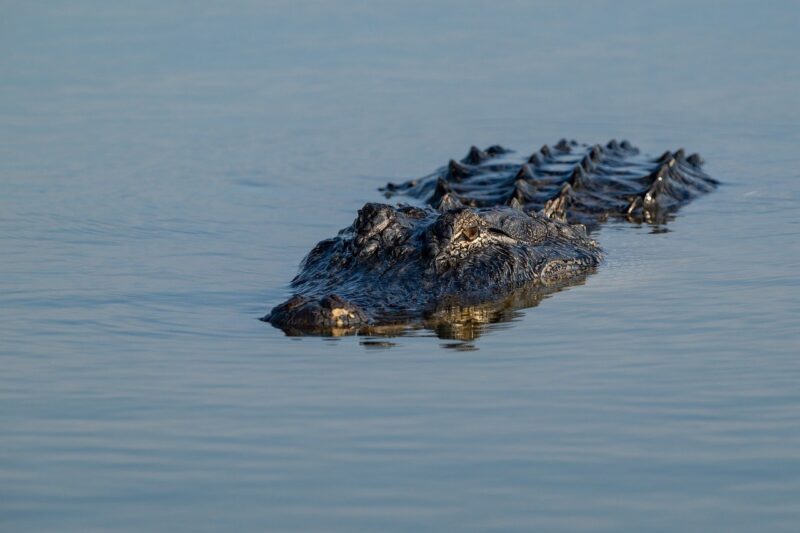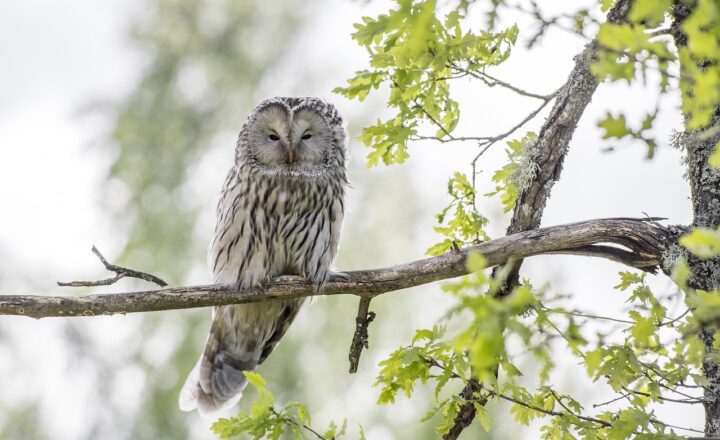From Ocean Depths to Desert Sands: Amazing Facts About Our Planet’s Wildlife
November 17, 2024

Wildlife is the pulse of our planet’s ecosystems, bridging the intricate relationships among species and their habitats. As we traverse from the lush depths of the oceans to the arid expanse of desert sands, the diversity and adaptability of wildlife are awe-inspiring. This article seeks to unravel some of the most fascinating aspects of wildlife across different biomes, highlighting the unique behaviors and adaptations of various species along the way.
1. The Extraordinary Depths: Ocean Wildlife
The ocean covers more than 70% of the Earth’s surface, housing an astonishing variety of creatures adapted to the specific conditions of their underwater environment. Let’s dive deeper into the vibrant life forms found beneath the waves:
– **Bioluminescent Creatures**: In the deep sea, many animals produce light through bioluminescence. Creatures like the anglerfish use this adaptation to attract prey in the dark depths.
– **Coral Reefs**: Often referred to as the “rainforests of the sea,” coral reefs support about 25% of all marine species. These delicate ecosystems are built over centuries by tiny coral polyps.
– **Migrating Giants**: The ocean is also home to the largest animal on earth, the blue whale, which can reach lengths of up to 100 feet. Each year, blue whales migrate thousands of miles from colder feeding grounds to warmer breeding sites.
Below the surface, marine life demonstrates behaviors that defy imagination. Social structures, hunting techniques, and mating rituals are as varied as the ocean itself.
2. The Enigmatic Forests: Terrestrial Wildlife
Transitioning from saltwater to freshwater and terrestrial environments reveals an equally fascinating array of wildlife. Forests, jungles, and grasslands are teeming with life. Consider these extraordinary examples:
– **The Camouflage Masters**: Species like the stick insect and leaf-tailed gecko have evolved to blend seamlessly into their surroundings, evading predators and enhancing their chances of survival.
– **Communal Living**: Animals like ants and bees thrive in highly organized colonies. Ants can have massive underground networks, working together to find food, protect their queen, and expand their nest.
– **Unique Feeding Strategies**: The Brazilian rainforest is home to the Piranha, a carnivorous fish known for its sharp teeth and a voracious appetite. Despite its reputation, Piranhas are also opportunistic feeders, and some species primarily eat fruits and seeds.
Which ever forest you explore, you’ll discover unique relationships between animals and plants, showcasing the interconnectedness of ecosystems.
3. The Rigid Stakes: Desert Wildlife
Deserts may seem devoid of life, but they provide a unique set of challenges, and remarkable adaptations have emerged amongst the surviving species:
– **Water Conservation**: Animals such as the kangaroo rat can survive without ever drinking water, thanks to their ability to extract moisture from the seeds they consume.
– **Heat Adaptations**: Reptiles like the horned lizard have specialized adaptations allowing them to regulate their body temperature under the scorching sun, including behavioral adaptations like burrowing.
– **Nocturnal Strategies**: Many desert mammals, such as the fennec fox, are nocturnal, allowing them to avoid daytime heat. This strategy not only helps with temperature regulation but also enhances their hunting success at night.
Deserts are reminders of the resilience of life in extreme conditions, showcasing how wildlife can thrive against the odds.
4. The Icy Realms: Polar Wildlife
From the ocean depths to the stark deserts, we can’t overlook the diverse and hardy wildlife adapting to the extreme conditions of polar regions:
– **Blubber and Fur**: Marine mammals like seals and polar bears are equipped with a thick layer of blubber and dense fur to insulate against freezing temperatures. Polar bears can navigate icy terrains and hunt seals through holes in the ice.
– **Seasonal Adaptation**: Migratory birds, such as the Arctic tern, travel the greatest distances of any animal on Earth, often covering around 70,900 kilometers (44,000 miles) annually as they seek out the best breeding and feeding areas.
– **Dietary Specialization**: Penguins, primarily found in the Antarctic region, are exceptional divers. Species like the Emperor penguin can dive deeper than any other bird, reaching depths of over 500 meters (1,640 feet) while hunting for fish and krill.
Polar wildlife illustrates the extremes of adaptation, their survival mechanisms perhaps some of the most impressive on the planet.
5. Conservation: Protecting Our Wildlife Heritage
As we reflect on the incredible diversity of wildlife our planet has to offer, it’s crucial to acknowledge conservation efforts to protect this heritage. Various initiatives are in place:
– **Protected Areas**: National parks and wildlife reserves are critical in preserving habitats and protecting endangered species.
– **Legislation**: Organizations and governments worldwide are implementing laws and regulations to restrict poaching and habitat destruction, ensuring future generations can enjoy the planet’s wildlife.
– **Community Engagement**: Local communities are increasingly becoming involved in conservation efforts, recognizing the importance of protecting their natural surroundings.
The future of our planet’s wildlife depends not only on individual nations but on a global commitment to biodiversity and sustainable practices.
Conclusion
Our planet’s wildlife is not just a testament to nature’s creativity and adaptability; it is also a vital part of our global ecosystem. From the ocean’s depths to the arid sands of deserts, each species plays a role that contributes to the health and balance of our environment. As stewards of the Earth, it is our responsibility to protect these amazing creatures and their habitats for future generations to experience and appreciate. Through conservation efforts and conscious choices, we can ensure that the incredible tapestry of life continues to thrive across every corner of our world.







